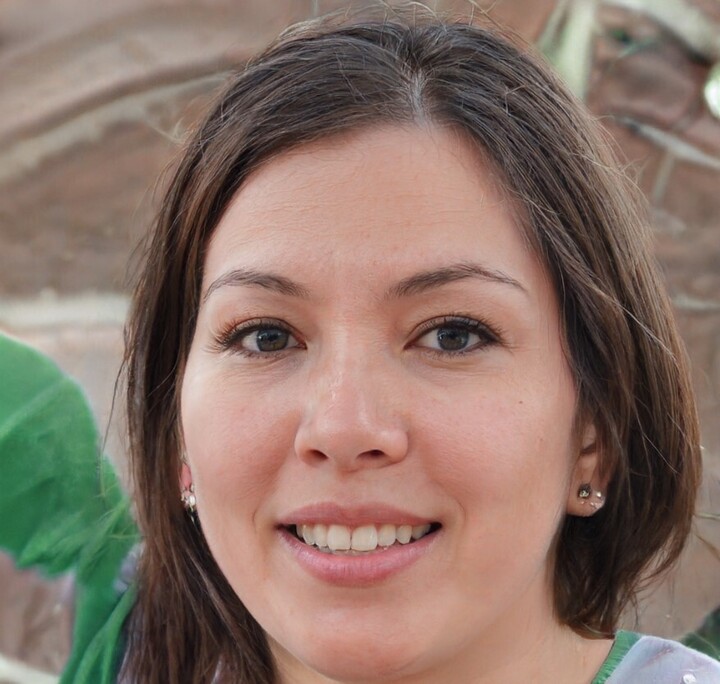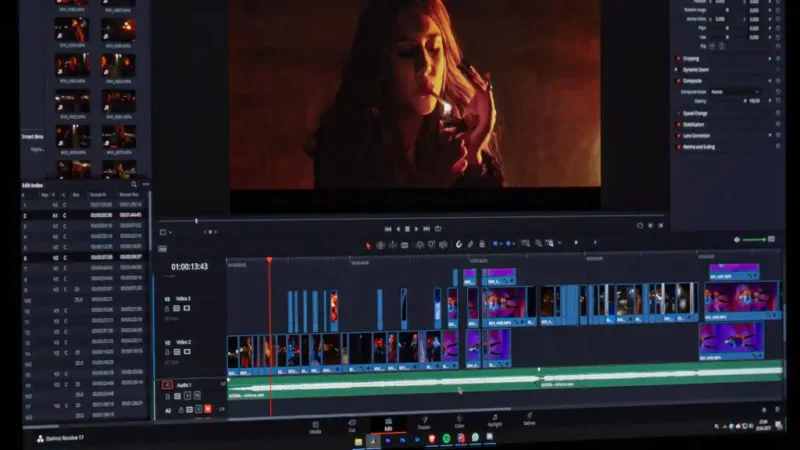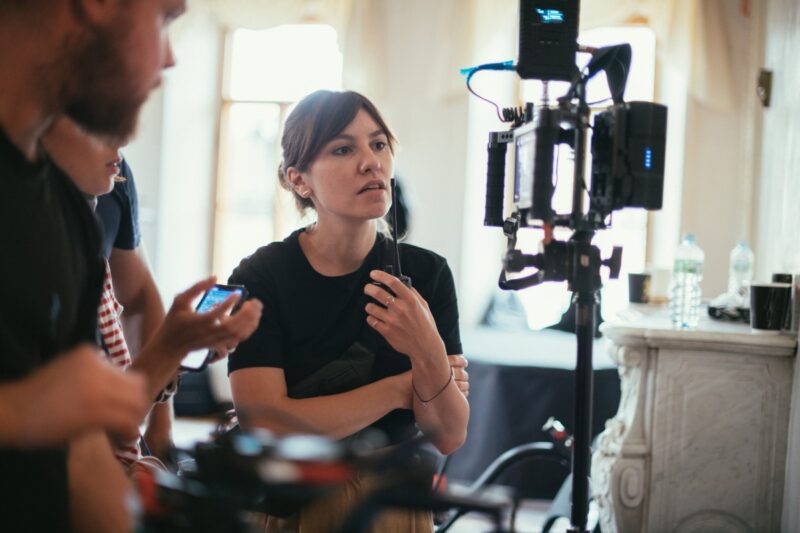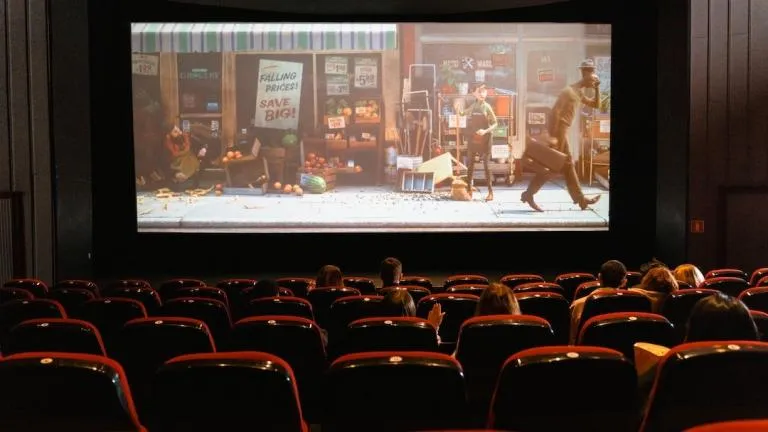You want your movie to grip people, right? To have them on the edge of their seats, feeling all the feels? Well, my friends, it all starts with nailing that story structure. A solid plot is like the backbone of any kickass film. It’s what keeps the audience hooked from start to finish. Without it? You might as well be screening a screensaver (no offense, screensaver fans).
In this guide, we’re going to talk about what is necessary for a killer story structure. I’m talking twists, turns, and emotional gut-punches that’ll leave your viewers breathless.
Why is story structure important?
Story structure refers to the framework that gives a story its shape and direction. It’s the sequence of events that unfold in a narrative, guiding characters from the beginning to the end. A strong structure keeps the audience engaged and ensures that the story is cohesive and satisfying.
- Engage the audience: A clear and logical progression keeps viewers interested.
- Convey themes: Structure helps highlight the central message or themes of the film.
- Develop characters: It provides a framework for character growth and development.
- Maintain pacing: Proper structure ensures that the story maintains a good pace, avoiding slow or rushed segments.
The three-act structure
The three-act structure is a classic storytelling framework that divides a narrative into three parts: Setup, Confrontation, and Resolution.
Act 1: Setup
In the first act, introduce the main characters, setting, and premise. This act sets the stage for the story and provides the inciting incident that propels the plot forward.
Tips for Act 1:
- Start with a strong opening scene that grabs attention.
- Clearly establish the protagonist’s goals and motivations.
- Introduce the central conflict or problem that needs resolution.
Act 2: Confrontation
The second act is where the main conflict unfolds. The protagonist faces obstacles and challenges that test their resolve. This act is usually the longest and most complex part of the story.
Tips:
- Create escalating tension and stakes.
- Develop subplots that complement the main storyline.
- Ensure character development through trials and tribulations.
Act 3: Resolution
In the final act, the story reaches its climax, where the main conflict is resolved. The protagonist achieves their goal or learns a valuable lesson, leading to a satisfying conclusion.
Tips for Act 3:
- Build towards a dramatic and emotionally impactful climax.
- Resolve all major plot points and character arcs.
- Provide a sense of closure, but leave room for audience interpretation if desired.
The Hero’s Journey

The Hero’s Journey, popularized by Joseph Campbell, is another influential story structure. It consists of 12 stages that outline the protagonist’s adventure, growth, and return.
The 12 Stages of the Hero’s Journey
- Ordinary world: Introduce the protagonist’s normal life.
- Call to adventure: The hero faces a challenge or quest.
- Refusal of the call: The hero hesitates or refuses the challenge.
- Meeting the mentor: A mentor provides guidance or tools.
- Crossing the threshold: The hero commits to the journey.
- Tests, allies, and enemies: The hero faces challenges and makes friends and enemies.
- Approach to the inmost cave: The hero prepares for a major challenge.
- Ordeal: The hero faces a significant test or crisis.
- Reward: The hero achieves a goal or gains a reward.
- The road back: The hero begins the return journey.
- Resurrection: The hero faces a final test or challenge.
- Return with the elixir: The hero returns home, transformed and with newfound wisdom.
Character arcs

A compelling story structure goes hand-in-hand with strong character arcs. A character arc is the transformation or inner journey of a character over the course of the story.
Types of character arcs
- Positive change arc: The character grows and improves.
- Negative change arc: The character deteriorates or becomes worse.
- Flat arc: The character remains the same but influences others.
How to develop these
Define your character’s goals, flaws, and motivations. Ensure that their arc is intertwined with the plot. Show gradual development through actions and decisions.
Plotting techniques

Outlining
Creating an outline is an essential step in the plotting process. An outline helps organize your ideas and ensures that your story has a clear direction. Start with a broad overview of the plot. Break down the story into key scenes and events. Detail each scene’s purpose, characters involved, and main action.
Plot points
Plot points are significant events that drive the story forward. They serve as turning points that change the direction of the narrative.
Key plot points
- Inciting incident: The event that kicks off the main conflict.
- First plot point: The protagonist takes action to address the conflict.
- Midpoint: A major event that shifts the story’s direction.
- Second plot point: The protagonist faces a major setback or revelation.
- Climax: The peak of the story’s conflict and tension.
- Resolution: The conclusion where conflicts are resolved.
Beat sheets
A beat sheet is a detailed outline that breaks the story into individual “beats” or moments. It’s a helpful tool for pacing and ensuring that each scene serves a purpose. List all the key events in your story. Break down each event into smaller beats. Ensure that each beat advances the plot or develops a character.
Common story structures
The Freytag Pyramid
The Freytag Pyramid, or dramatic arc, is a five-part structure that includes exposition, rising action, climax, falling action, and denouement.
- Exposition: Introduce the setting, characters, and conflict.
- Rising action: Build tension through a series of events.
- Climax: Reach the peak of the conflict.
- Falling action: Begin resolving the conflict.
- Denouement: Provide closure and resolution.
The Save the Cat Beat Sheet
Blake Snyder’s Save the Cat beat sheet is a popular structure used in screenwriting. It outlines 15 key beats that form the foundation of a story.
- Opening Image: The first impression of the story.
- Theme Stated: A hint at the story’s central theme.
- Set-Up: Introduce the main characters and setting.
- Catalyst: The event that disrupts the protagonist’s life.
- Debate: The protagonist faces a dilemma.
- Break into Two: The protagonist commits to the journey.
- B Story: A subplot that supports the main story.
- Fun and Games: The heart of the story, where the premise is explored.
- Midpoint: A major turning point or revelation.
- Bad Guys Close In: Obstacles and antagonists challenge the protagonist.
- All Is Lost: The protagonist faces a major setback.
- Dark Night of the Soul: The protagonist hits rock bottom.
- Break into Three: The protagonist finds a solution or resolve.
- Finale: The climax and resolution of the story.
- Final Image: The last impression, showing the protagonist’s transformation.
Practical tips for building your plot

Start with a strong concept
A compelling plot begins with a strong concept. Ask yourself:
- What is the central idea or theme of my story?
- Why is this story worth telling?
- What makes it unique?
Develop relatable characters
Characters are the heart of your story. Make them relatable by giving them clear goals, motivations, and flaws. Audiences connect with characters who feel real and undergo meaningful development.
Create conflict and tension
Conflict drives the plot and keeps the audience engaged. Introduce obstacles and challenges that force your characters to grow and change. Ensure that the stakes are high, making the outcome uncertain and exciting.
Use subplots wisely
Subplots add depth and complexity to your story. They can explore secondary characters, themes, or conflicts that complement the main plot. Ensure that subplots are relevant and enhance the overall narrative.
Focus on pacing
Pacing is crucial to maintaining audience interest. Balance scenes of high tension with moments of reflection or character development. Avoid dragging out scenes or rushing through important events.
Revise and refine
Writing a great plot involves multiple revisions. Be open to feedback and willing to make changes. Each revision should bring you closer to a cohesive and compelling story.
In summary
Creating the perfect plot for your film isn’t about sticking to one rigid formula. The aim is to tell a story that grabs your audience’s attention and sticks with them. Strong characters, engaging conflict, and good pacing are key ingredients.
In my experience, flexibility and being open to revisions are super important. Every story is different, and finding the right structure often means experimenting and making mistakes. Embrace the process. A well-structured plot is just the beginning of making a great film.








